For decades, pipelines carrying oil and gas have fueled economies and kept industries running. That same infrastructure is now at the heart of a new transition. As countries strive to reduce emissions, hydrogen is emerging as the fuel of the future, essential for hard-to-abate sectors such as steel, cement, aviation, and shipping. But production is just one aspect of the overall challenge. Without reliable transport, hydrogen cannot reach the industries and cities where it is needed most.
This is where hydrogen-ready pipelines come in. Unlike natural gas, hydrogen is lighter and can weaken metals, making existing networks unsuitable without major upgrades. The International Energy Agency reports that over 5,000 kilometres of hydrogen pipelines are already in operation, with Europe leading through its Hydrogen Backbone initiative targeting 40,000 kilometres by 2040. Similar plans in the US, the Middle East, and Asia-Pacific signal a global race to build the arteries of a hydrogen economy.
A Global Market in the Making
The global hydrogen pipeline market is on the cusp of rapid expansion, with government support from major economies such as the U.S., India, China, Germany, and the U.K. driving large-scale adoption. Between 2025 and 2035, the market is projected to grow at an impressive CAGR of 60.3%, propelled by accelerating investments in green hydrogen, the push for industrial decarbonisation, and policies that incentivise infrastructure development. India, in particular, is poised for exceptional growth, with a projected CAGR of 75.4%, reflecting its focus on clean energy transition, hydrogen use in transportation, and national initiatives aimed at reducing carbon emissions.
Globally, hydrogen shipping, pipelines, local distribution, conversion, and refuelling infrastructure are expected to attract investments worth USD 200 billion by 2030, with mobility infrastructure accounting for more than half. This will translate into the construction of tens of thousands of kilometres of pipelines and an unprecedented demand for advanced steel pipes and related technologies. Early momentum is visible worldwide: in the U.S., Department of Energy demonstration projects are testing hydrogen pipeline applications, while Middle Eastern governments are establishing green hydrogen corridors anchored in large-scale pipeline networks. Together, these initiatives are laying the groundwork for a resilient and cost-efficient global hydrogen supply chain.
Opportunity for Indian Manufacturers
For Indian manufacturers, this is more than a new market. It is a once-in-a-lifetime opportunity to become part of the global energy transition. India is already one of the largest producers of LSAW and HSAW pipes and has decades of experience delivering to demanding international markets. From North America to the Middle East and Africa, Indian pipe makers have built a reputation for quality and reliability.
What makes India especially competitive is the combination of expertise, scale, and cost advantage. Companies are investing in hydrogen-ready materials, such as high-grade steels like X70 and X80, along with coatings and welding techniques that address hydrogen’s unique challenges. By working closely with international certification agencies, Indian manufacturers are ensuring their products meet the highest global standards.
Domestic policies are also creating strong momentum. The National Green Hydrogen Mission aims to produce 5 million metric tonnes of green hydrogen annually by 2030. This will create demand for hydrogen pipelines within India itself, allowing local manufacturers to test solutions at home before scaling to global markets.
The Road Ahead
To fully capture this opportunity, Indian manufacturers need to focus on research and innovation. Developing new material grades, coatings, and joining techniques will be key. Collaborating with global engineering and technology firms can open doors to large projects in Europe, North America, and the Middle East.
Equally important is building pilot hydrogen pipelines within India. These projects will not only serve the domestic market but also act as proof of capability, giving Indian manufacturers a stronger voice in the international hydrogen supply chain.
Conclusion
Hydrogen is moving quickly from promise to reality, and pipelines will be the foundation of this transition. The world is preparing to invest billions in hydrogen-ready transport networks, and the demand for advanced steel pipes will surge. With its strong track record, competitive costs, and supportive policies, India is well-positioned to lead. For Indian manufacturers, this is a rare moment to step onto the global stage and help build the infrastructure of the future.
The views and opinions expressed in this article are the author’s own, and do not necessarily reflect those held by pv magazine.
This content is protected by copyright and may not be reused. If you want to cooperate with us and would like to reuse some of our content, please contact: editors@pv-magazine.com.



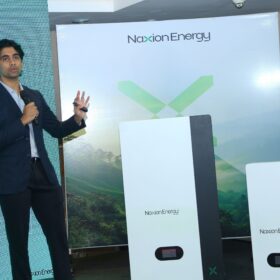
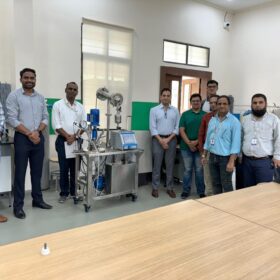
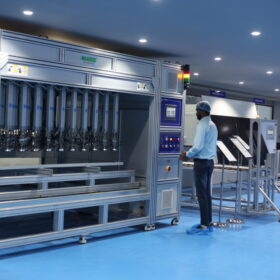
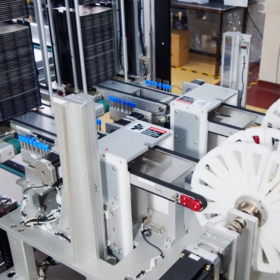
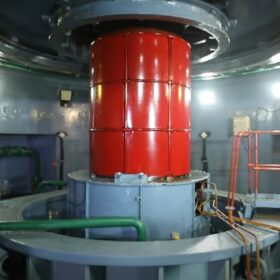
Thanks for the intresting articles, this enhances our knowledge and the latest developments in the Renewable energy Sector.